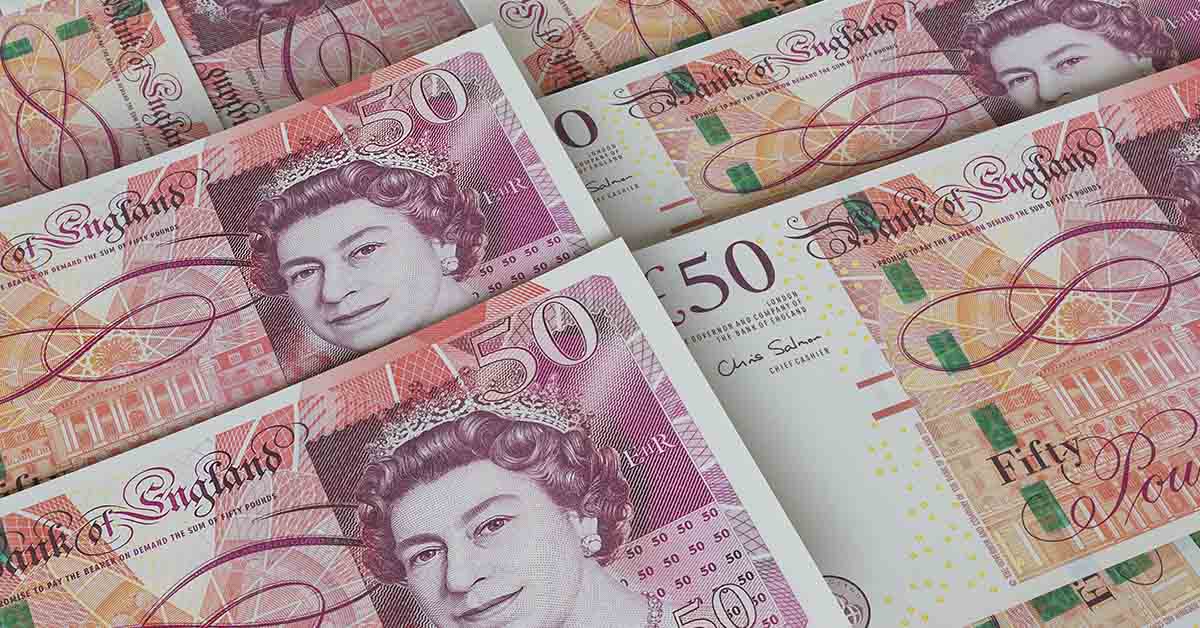As economic uncertainty grows in the UK, financial experts are encouraging households to prepare both short-term and long-term safety nets. This includes setting up an emergency fund and keeping a stash of physical cash at home. Concerns about cyberattacks, power outages, and banking disruptions have made access to cash and savings more critical than ever. While digital transactions dominate modern life, experts warn that relying on them alone could leave families exposed during a crisis.
This recommendation may seem surprising, especially as the UK shifts toward a cashless society. However, with increasing threats to infrastructure and online systems, having emergency cash at home and an emerygeny fund for larger issues, has never been more important.
Why Experts Want You to Keep Cash at Home
UK residents are now being urged to rethink their financial readiness. Instead of focusing solely on food or household supplies, experts now advise keeping a modest amount of emergency cash available at home.
Recent warnings point to the vulnerability of digital systems. With rising cyber risks and geopolitical instability, the chances of network failures, ATM outages, or internet blackouts are increasing. In these situations, having no access to money could leave people unable to pay for daily essentials.
Financial author Brett Scott has raised concerns about overdependence on digital systems. He notes that even a brief disruption could halt spending and cut access to basic goods. Keeping physical emergency cash can help bridge the gap when systems go down.
Experts recommend a small, manageable amount. It should be enough for a few days’ expenses. The goal is not stockpiling large sums, but rather being ready when technology fails.
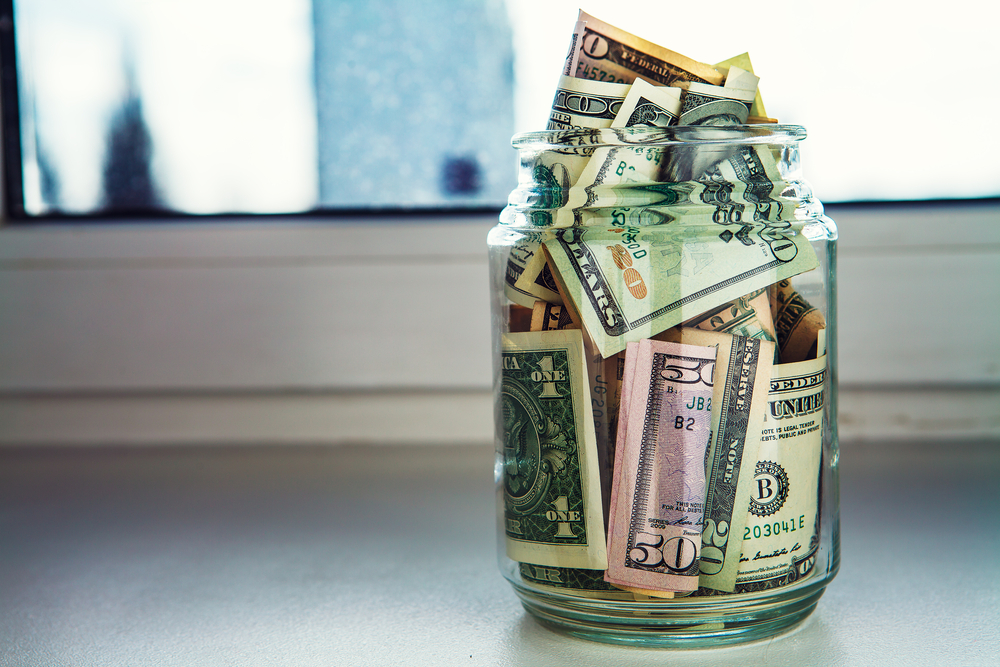
Why a Fully Cashless Society Poses Risks
Digital payments are fast and convenient, but experts warn they are not foolproof. Eliminating cash entirely could put households and entire communities at risk.
Unlike digital systems, cash does not rely on electricity or an internet connection. It continues to function during emergencies. If a cyberattack or power outage occurs, emergency cash can provide a reliable fallback.
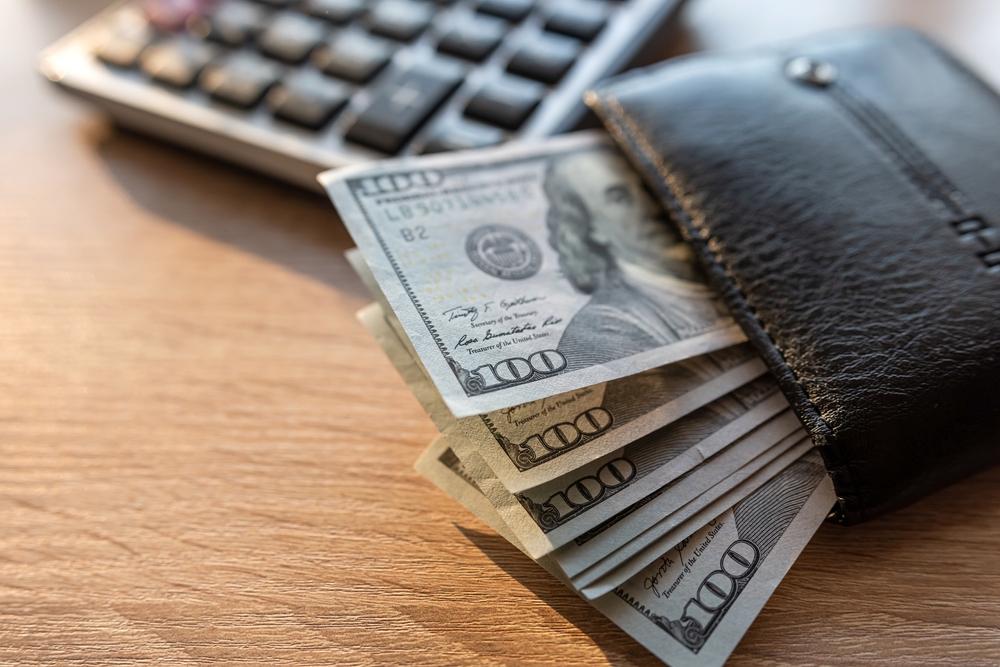
Additionally, many people, including older adults and those in rural areas, still rely on cash daily. A fully cashless society could exclude these individuals and create inequality in access to money.
From a national security standpoint, overreliance on digital payments makes the economy vulnerable. A single incident could cripple spending across the country. Physical money adds resilience.
Having emergency cash on hand ensures that individuals can function independently, regardless of what happens with technology or infrastructure.
How Much Emergency Cash Should You Keep?
The right amount of emergency cash will vary by household, but experts generally recommend enough to cover basic needs for three to five days.
For many, this falls between US$135- $400. It should cover essentials like groceries, transport, and small medical needs during short-term disruptions.
Store this money in a secure and discreet place. A lockbox or small home safe works best. Avoid common hiding spots like under mattresses or in drawers. Use a mix of notes and coins to ensure flexibility when exact change is required.
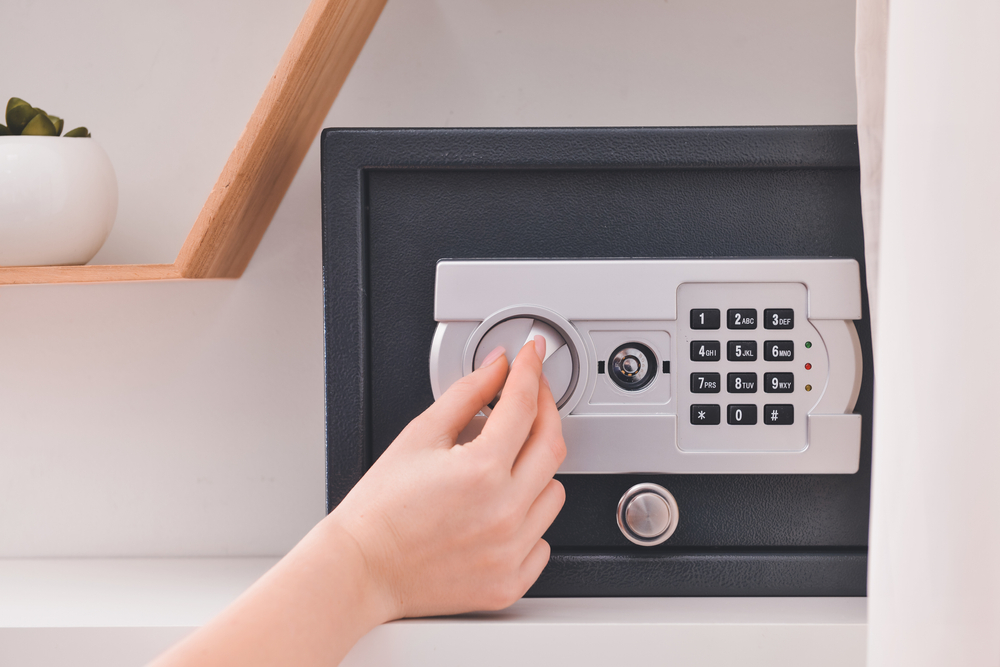
This form of emergency cash acts as your frontline defense during any immediate access issue. However, it should not replace a larger and more structured emergency fund.
Read More: 14 Essential Canned Foods to Buy Now Before Prices Rise
Why an Emergency Fund Still Matters
While keeping cash on hand helps during short disruptions, broader financial security requires a more structured approach. That is where an emergency fund comes in.
An emergency fund is a dedicated savings reserve for serious life events. These include job loss, medical emergencies, or urgent repairs. It allows you to cover unexpected expenses without relying on loans or credit cards.
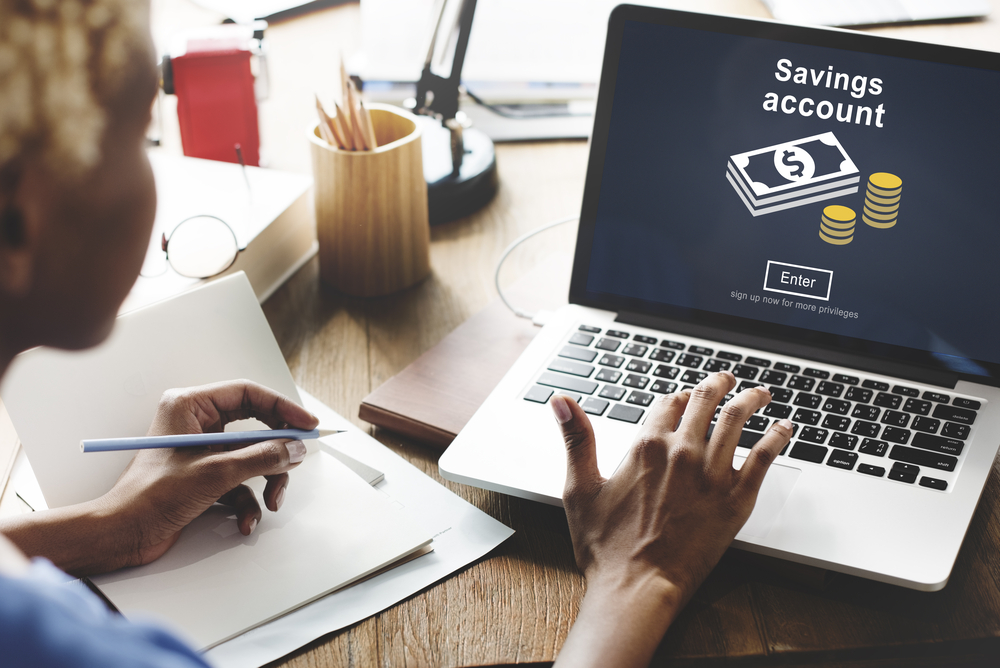
Most experts recommend saving enough to cover three to six months of essential living costs. This includes rent or mortgage, utilities, transport, and food.
If that target seems high, start small. Even saving $20 or $50 a month can grow steadily. Over time, your emergency fund becomes a safety net that protects against financial shocks.
Unlike emergency cash, which is for quick access during system outages, your emergency fund supports longer-term stability.
Simple Tips to Build Your Emergency Fund
Creating an emergency fund is easier than many think. With consistent effort, you can build a financial cushion that lasts.
- Use a separate savings account. This prevents accidental spending and keeps the fund visible.
- Automate deposits. Set up monthly transfers to grow your fund over time.
- Cut unnecessary expenses. Redirect small savings, like unused subscriptions, into your fund.
- Use it only when truly needed. Treat your emergency fund as a last resort.
- Replenish quickly after use. If you withdraw from it, make rebuilding a priority.
This fund complements your emergency cash and offers deeper security for bigger challenges. Together, they form a smart, two-tiered plan for financial preparedness.
Be Ready for What You Cannot Predict
Storing emergency cash at home may feel outdated in the digital age, but it is a practical precaution in an unpredictable world. Technology can fail. Power grids can go down. Banks can face disruptions. In those moments, cash still works.
At the same time, a solid emergency fund provides peace of mind for larger setbacks. Whether it is a job loss or sudden expenses, a well-managed fund keeps you financially grounded. Preparing now means you will not be caught off guard later.
Read More: Elon Musk’s Viral Photo Lead to People Wonder What He Was Actually Doing During The Cabinet Meeting
